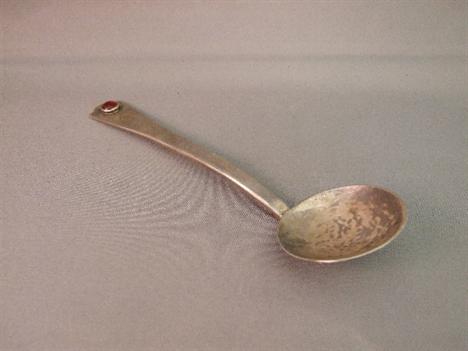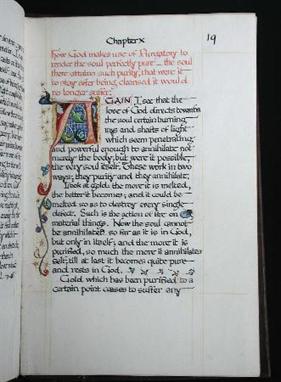We found 32564 price guide item(s) matching your search
There are 32564 lots that match your search criteria. Subscribe now to get instant access to the full price guide service.
Click here to subscribe- List
- Grid
-
32564 item(s)/page
A silver three piece condiment set with Celtic bands, comprising salt, pepper and mustard, Birmingham 1965 and 1967 by Mappin & Webb, together with two silver spoons, cased, a set of six silver teaspoons, cased, a silver cigarette box, Birmingham 1954 and a silver cigarette case, Birmingham 1956, both with engine turned decoration.
Unit, ‘Abingdon Head’ type, female Celtic head left with crescents and beaded hair, heart-shaped ear, pellet-in-annulet behind, rev. horse right with smaller horse below, above and upside-down, a small chubby horse with beaded mane, 1.09g/10h (BMC Ð; VA Ð; S Ð; SNC May 1998, p.150). Of good silver, extremely fine with a striking portrait, extremely rare; by far the finest of a handful of known examples Provenance: Found in Wiltshire January 2005; C. Rudd FPL 81, May 2005 (31). CCI 05.0127 This coin is part of a small and rare series probably struck by a tribe in the Berkshire/South Oxfordshire/Wiltshire region around the period 55-45 BC. Other coins in the series show a remarkable resemblance to rare Gallo-Belgic bronzes normally attributed to the Ambiani. Quite what the connection is between these coins and their Gallo-Belgic prototypes must remain, for the moment, the subject of speculation
Unit, ‘Amersham Moon Man’ type, Celtic head left with crescents and braided hair, rev. triple-tailed, annuleted horse left, pellet-in-ring above, leaf below, 1.04g/9h (BMC Ð; VA Ð; Coin Register, BNJ 1989, pl.20, 7, this coin; S Ð). Fine silver, good very fine with a striking portrait, extremely rare Provenance: Found at Amersham (Buckinghamshire) 1989; ‘Cotswold’ Collection; C. Rudd FPL 75, May 2004 (44). CCI 89.0233. An important discovery coin Ð the original Amersham Moon Man, after which all others are named Ð and still one of the finest known
Stater, Wild type, ear of barley dividing CAMV, rev. horse prancing right, heart-shaped ornament between front legs, branch and five-pointed star above, CVN[O] below, 5.48g/11h (BMC 1793; VA 1931-3; cf. S 283). Good very fine or better, lovely rose-gold surfaces, excessively rare Provenance: Found at Didcot (Oxfordshire); C. Rudd FPL 78, November 2004 (62). CCI 03.1407 This extremely rare variety of the Wild type Stater has a distinctive heart-shaped ornament between the horse’s forelegs. The evolution of the coinage from a typical Celtic style to a more Romanized classical style suggests that the coins were issued over a considerable period, perhaps some 20 to 30 years, at a time when Roman influence on the native tribes was considerable
Lengyel, L., L’Art Gaulois dans le mŽdailles, Montrouge-Seine, 1954, 59pp, 48 fine plates, casebound; Allen, D.F., SCBI 3: The Coins of the Coritani, London, 1963, 44pp, 8 plates and accompanying text, dj and protective cover; Creighton, J., Coins and Power in Late Iron Age Britain, Cambridge, 2000, xiii + 249pp, illustrations in text, dj [3]. All very fine copies, the first with some superb images of Celtic coins
-
32564 item(s)/page














































